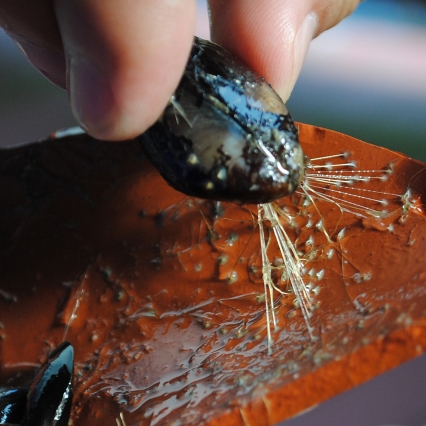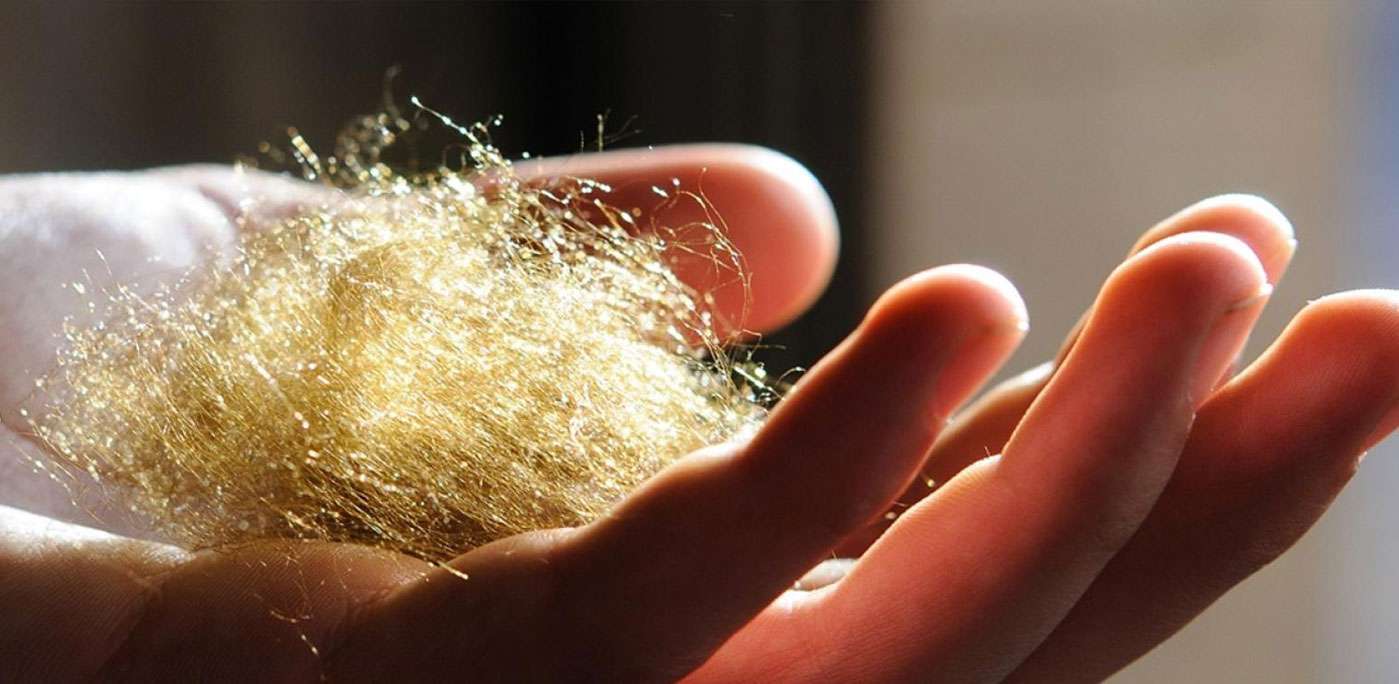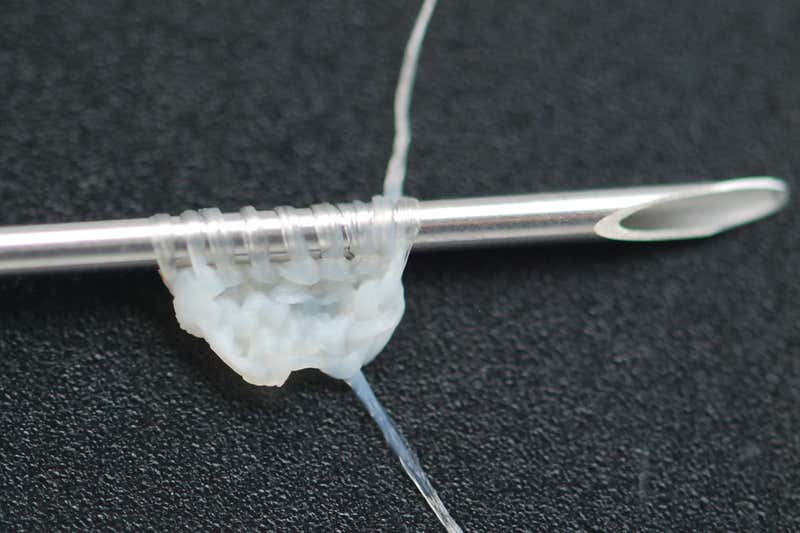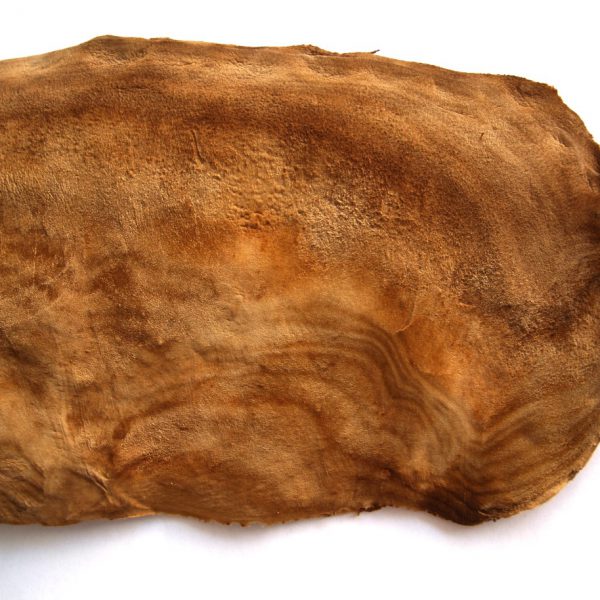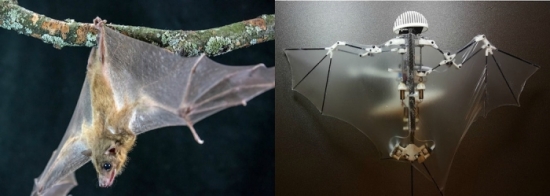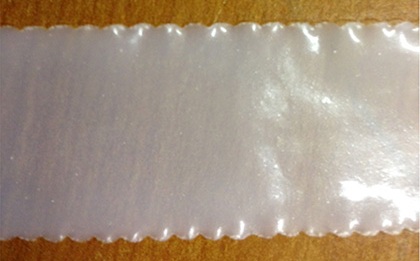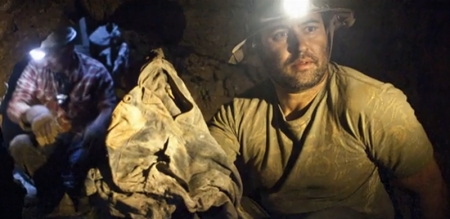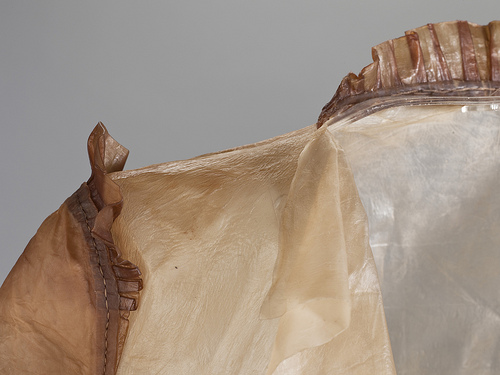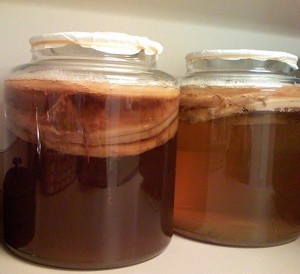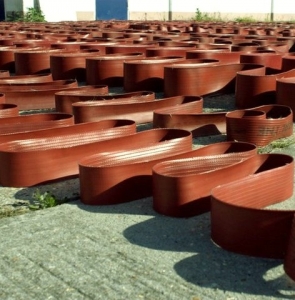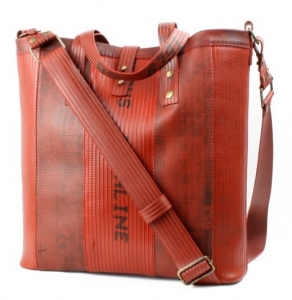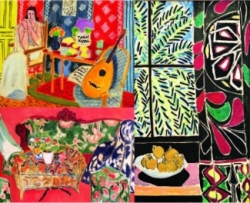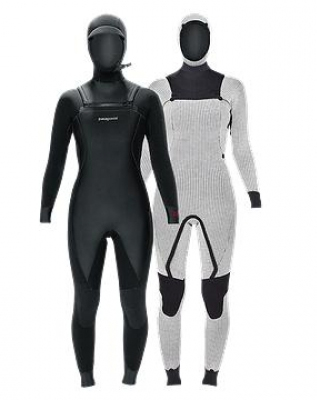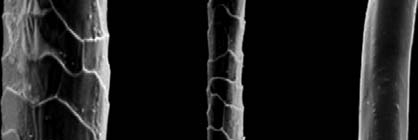….seashells sum some stiff and some stretch to stay stuck
Mussels are able to cling on in the face of waves that ought to overwhelm the adhesive strength of the glue that bonds them to the rocks. When the complete system (shell, byssus threads, glue and all) is modelled and analysed it turns out that the combination can withstand forces many times higher that the glue strength predicts. The byssus threads are composed of a combination of stiff and stretchy materials. The integration of rigid and flexible materials yields performance that gives the mussel a competitive edge in turbulent seas. This rings true for us at Thread. We find combining engineering knowledge of rigid materials with textiles skill and experience yields similar results.
Just hanging on: Why mussels are so good at it, MIT news office, 23rd July 2013
